Have you noticed small, pearly white spots on your face, especially around your eyes? These are probably milia , tiny benign cysts that affect nearly 40% of adults at some point in their lives. Unlike acne, these small white bumps are neither painful nor inflamed, but they can persist for months if left untreated. Let's explore how to identify them, understand their causes, and most importantly, how to get rid of them effectively.
What is a milium grain?
Facial milia are small, superficial epidermal cysts that form when keratin becomes trapped beneath the skin's surface. Typically measuring 1 to 2 millimeters in diameter, these small white or yellowish bumps have a firm texture and cannot be popped like a typical pimple.
Characteristic symptoms of milia on the skin
Milia symptoms are easily recognizable:
- Small white or yellowish bumps of firm consistency
- Uniform size (1 to 3 mm in diameter)
- Smooth and glossy surface, pearly appearance
- Complete absence of redness or inflammation around the cyst
- No associated pain or itching
- Preferred location: cheeks, eye contour, eyelids and sometimes the nose
These small white cysts on the face can appear singly or in groups, sometimes forming patches of several clustered milia. Unlike acne, they never have a central blackhead or pus.
The main causes of milia

Excessive keratin accumulation
The primary cause of milia is the accumulation of keratin, a protein naturally present in our epidermis. When dead skin cells are not properly shed, they form these small subcutaneous cysts. This phenomenon can be aggravated by slowed cell renewal with age or by the use of overly rich cosmetic products.
Sun exposure and skin aging
According to data from the American Academy of Dermatology , prolonged sun exposure is one of the major triggers for milia in adults. UV rays damage the skin's structure, thicken the epidermis, and disrupt the natural exfoliation process. Sun-exposed areas such as the cheeks and forehead are particularly affected.
Occlusive cosmetics and inappropriate skincare
Regular use of rich creams, comedogenic products, or mineral oils can clog pores and promote the appearance of facial milia . Products containing petroleum jelly, paraffin, or heavy silicones are particularly implicated. Paradoxically, some people develop milia after using steroid creams prescribed for other skin conditions.
Genetic and hormonal factors
Some people have a genetic predisposition to milia, with a marked familial tendency. Hormonal fluctuations, particularly during pregnancy or menopause, can also trigger their appearance by altering sebum production and cell turnover.
How to differentiate a milium from acne or microcysts?
Milium vs. acne: the key differences
Unlike blackheads and acne pimples, milia:
- They do not contain pus, but only solidified keratin.
- They never show signs of inflammatory redness.
- They cannot be extracted by simple pressure
- They generally do not leave scars after treatment
- They do not progress to inflammatory lesions.
Milium vs sebaceous microcysts
Sebaceous microcysts are deeper, larger (5 to 15 mm), and contain sebum. They are mobile under the skin and can become infected, unlike milia, which remain superficial and stable. Microcysts often require surgical excision, while milia treatment is simpler.
Milium vs xanthelasma
Xanthelasma forms flat, yellowish patches around the eyelids, often linked to high cholesterol levels. Milia, on the other hand, remain small, individual, raised white bumps, unrelated to lipid metabolism.
What to do at home? Solutions and prevention
Gentle and regular exfoliation
Gentle chemical exfoliation is the foundation of at-home milium facial care . Opt for fruit acids (AHAs) such as glycolic or lactic acid at low concentrations (5-10%), or salicylic acid (BHA) for oily skin. Apply these products 2 to 3 times a week in the evening, gradually increasing the frequency according to your skin's tolerance.
Daily sun protection
A minimum SPF 30 sunscreen, applied daily even in winter, effectively prevents the appearance of new milia. Opt for non-comedogenic, lightweight formulas free of mineral oils. The Cleveland Clinic particularly recommends zinc-based mineral sunscreens for skin prone to milia.
Appropriate skincare routine
To prevent facial milia , adopt a minimalist but effective routine:
- Gentle cleansing morning and evening with a soap-free foaming gel
- Hydration with non-occlusive gel or fluid textures
- Avoid using petroleum jelly-based products around the eyes
- Use of retinol or retinoids (by prescription) to accelerate cell renewal
- Clay masks once a week to purify without irritating.
What you absolutely must not do
Never try to pop or pick at a milium yourself. This can lead to infection, permanent scarring, or post-inflammatory hyperpigmentation. Unsterilized needles and home extractions can also spread bacteria and worsen the problem.
Effective treatments in institutes

Professional extraction by a dermatologist
Manual extraction remains the fastest and most effective milium treatment . The professional uses a fine, sterile needle or a specific comedone extractor after disinfecting and preparing the skin. This technique allows for the immediate removal of the milium without risk of scarring when performed correctly. The result is instant and permanent for the treated cyst.
Professional Chemical Peels
Glycolic, lactic, or TCA (trichloroacetic acid) peels provide deep exfoliation that gradually releases milia. At SSSKIN , our expert estheticians tailor the concentration and type of acid to your skin type for a customized treatment. Generally, 3 to 4 sessions spaced 2 weeks apart are sufficient to completely eliminate milia.
Fractional CO2 laser treatment
For multiple or recurring cases, fractional CO2 laser treatment precisely vaporizes milia without damaging surrounding tissue. This technology also stimulates collagen production, improving overall skin texture. The procedure is straightforward, with light scabbing lasting 3 to 5 days.
Microneedling and radiofrequency
These innovative techniques create controlled micro-perforations that allow for the natural elimination of accumulated keratin while stimulating cell renewal. Microneedling, combined with specific serums, accelerates the disappearance of milia while improving skin radiance.
Discover SSSKIN's current offers to benefit from advantageous rates on our anti-milium protocols combining several technologies for optimal results.
FAQ - Your questions about milia
Do milia disappear on their own?
Milia in newborns disappear spontaneously within a few weeks. In adults, they can persist for several months or even years without treatment. Some eventually disappear naturally, but most require intervention to be completely eliminated.
Can they be removed at home?
It is strongly advised against attempting to remove a milium yourself. Without sterile equipment and proper technique, you risk infection, scarring, and hyperpigmentation. Only a professional can guarantee safe and effective removal.
What home remedies really help prevent them?
Regular exfoliation with AHAs/BHAs, daily sun protection, retinol use, and a non-comedogenic skincare routine are the best ways to prevent breakouts. Thorough cleansing and avoiding occlusive products complete this preventative strategy.
When is it absolutely necessary to consult a professional?
Consult a doctor if milia are numerous, persist for more than 3 months, appear suddenly in large numbers, are accompanied by other skin symptoms, or are aesthetically bothersome. A professional diagnosis will also rule out other similar conditions.
Does laser hair removal increase the risk of milia?
Laser hair removal does not directly cause milia. However, using overly rich healing creams after the session can promote their development. Carefully follow your practitioner's post-treatment recommendations.
Can chemical peels worsen milia?
On the contrary, properly dosed professional peels are an excellent preventative and curative treatment. They accelerate cell renewal and prevent the accumulation of keratin. Only peels that are too aggressive or poorly performed can temporarily worsen the situation.
Conclusion: Rediscover smooth and radiant skin
Milia, while benign and purely cosmetic, can affect self-confidence when numerous or visible. Understanding their causes—keratin buildup, sun exposure, and unsuitable cosmetics—allows for an effective preventative strategy. While home care such as gentle exfoliation and sun protection can limit their appearance, professional treatments remain essential for the quick and permanent removal of established milia.
Don't let those little white cysts dull your complexion any longer. Book an appointment today at SSSKIN to take advantage of our current offers and rediscover smooth, radiant skin thanks to our personalized protocols combining professional extraction, gentle peels, and cutting-edge technologies.

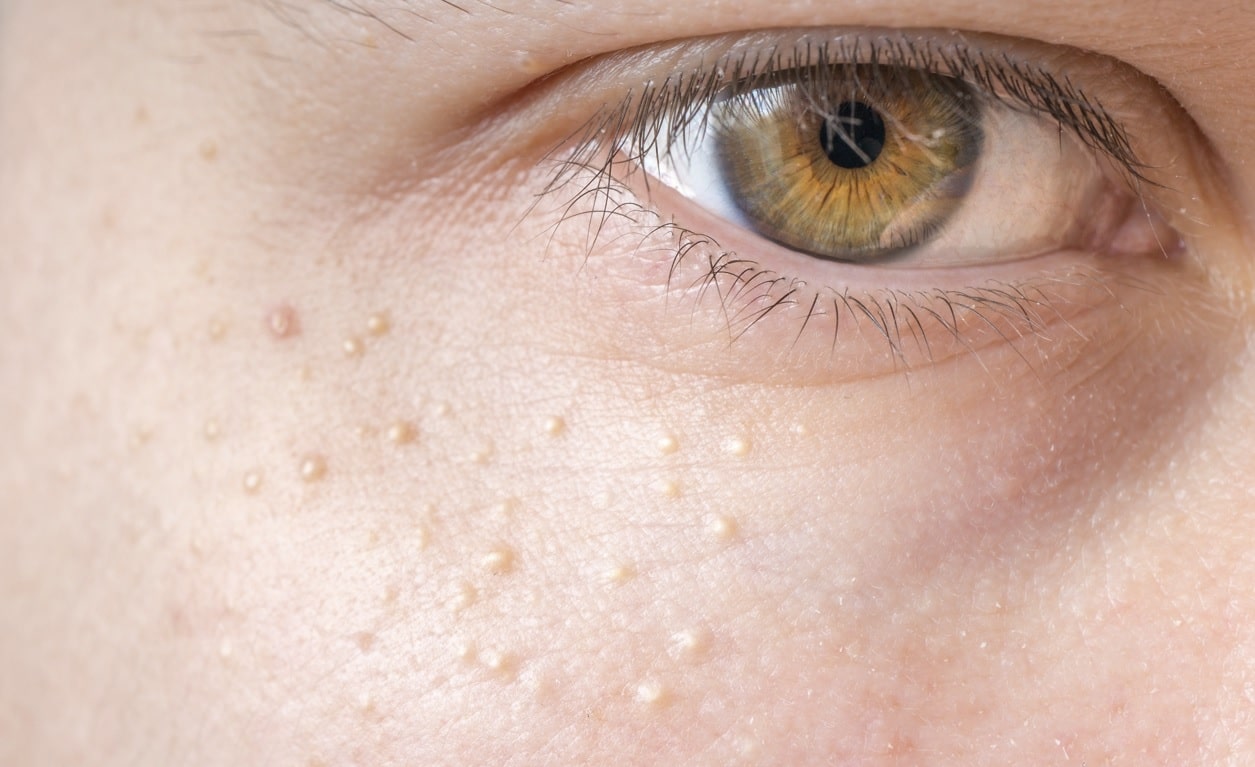

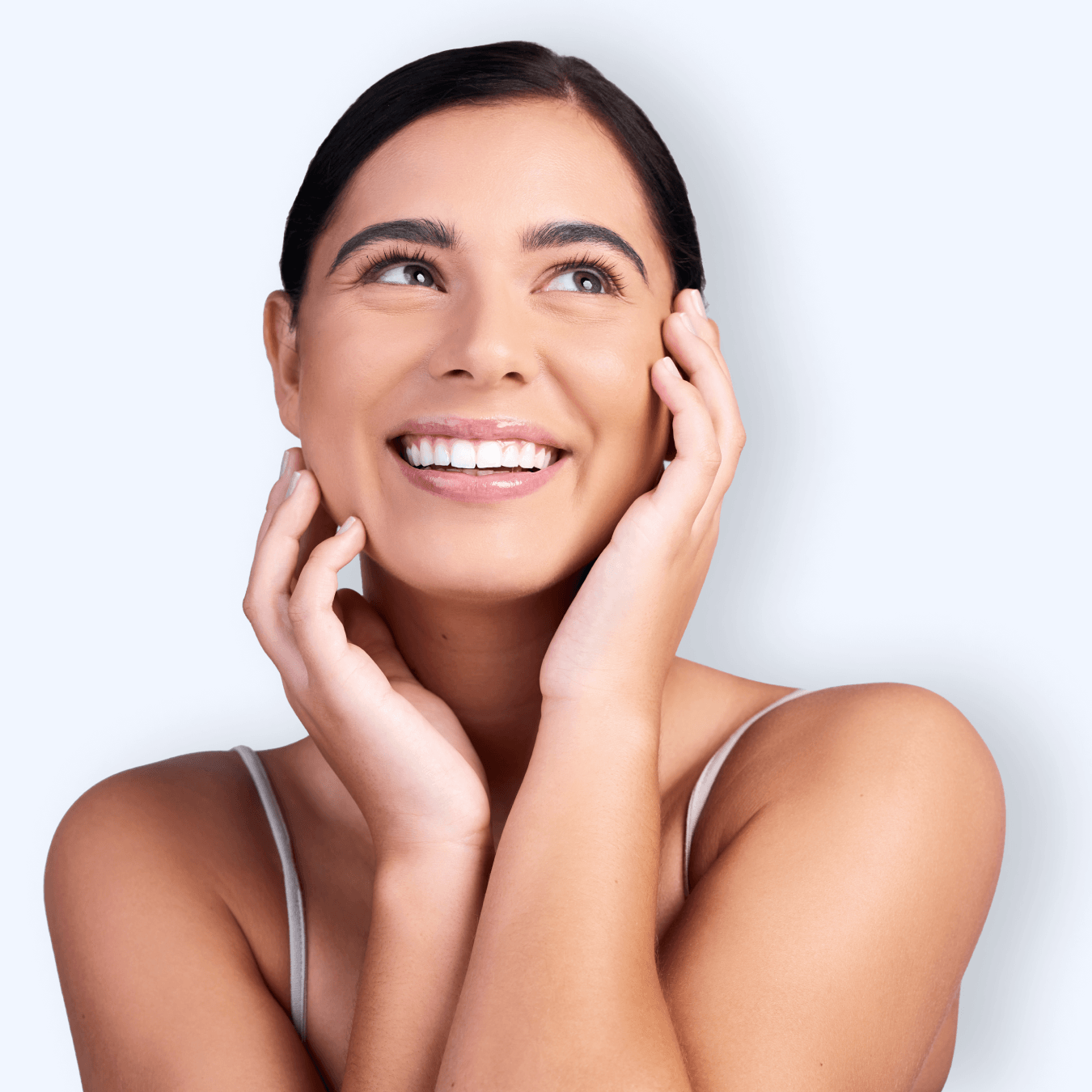
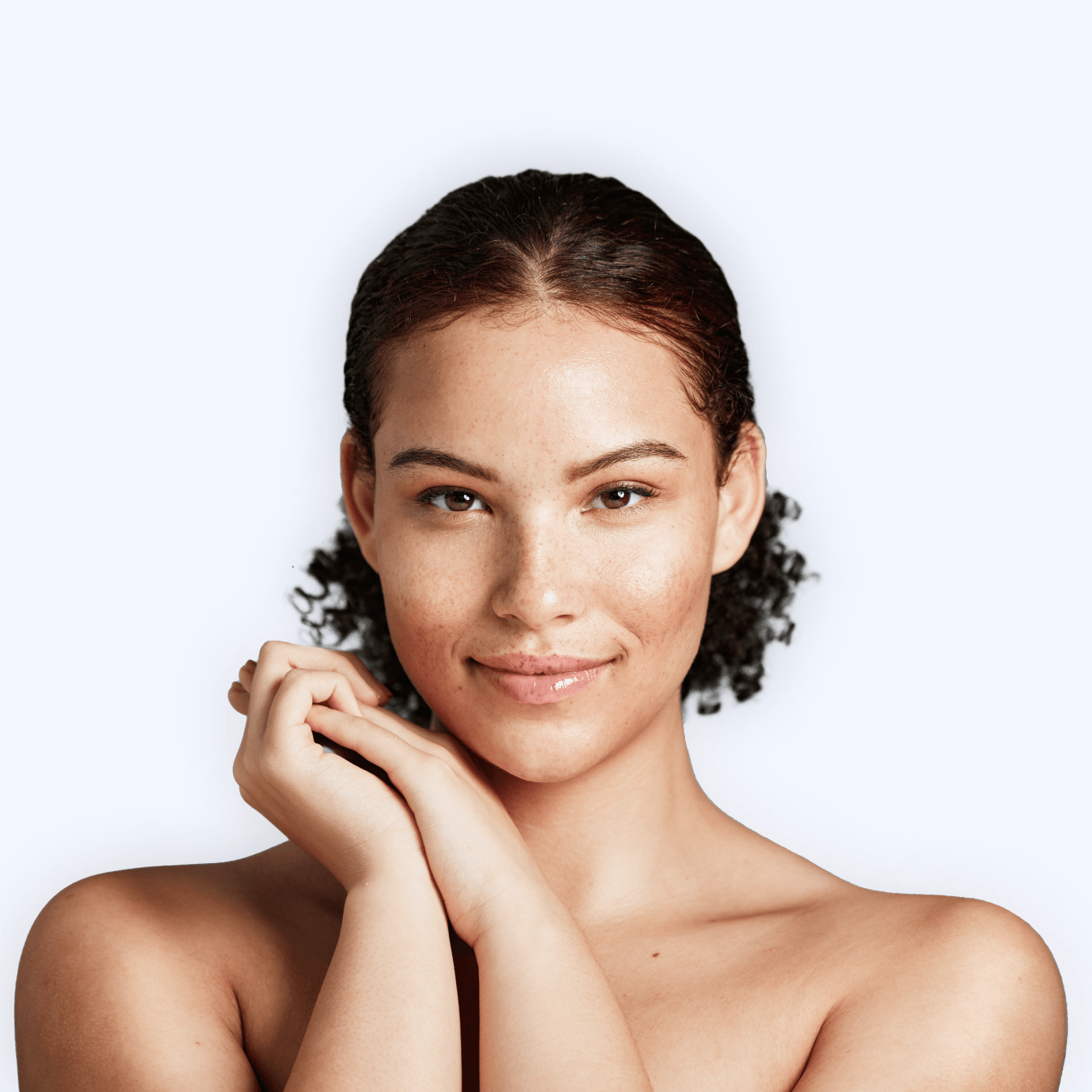




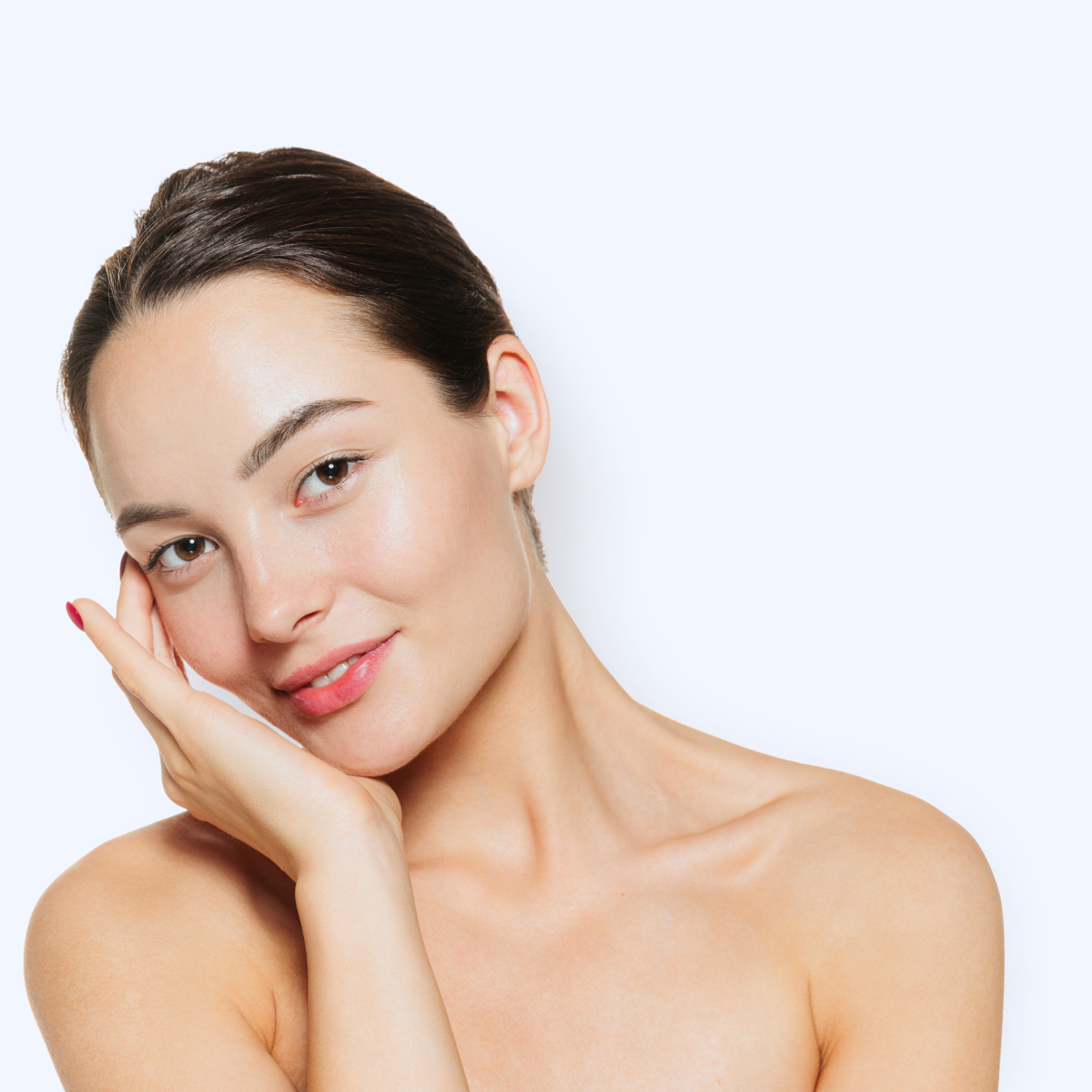
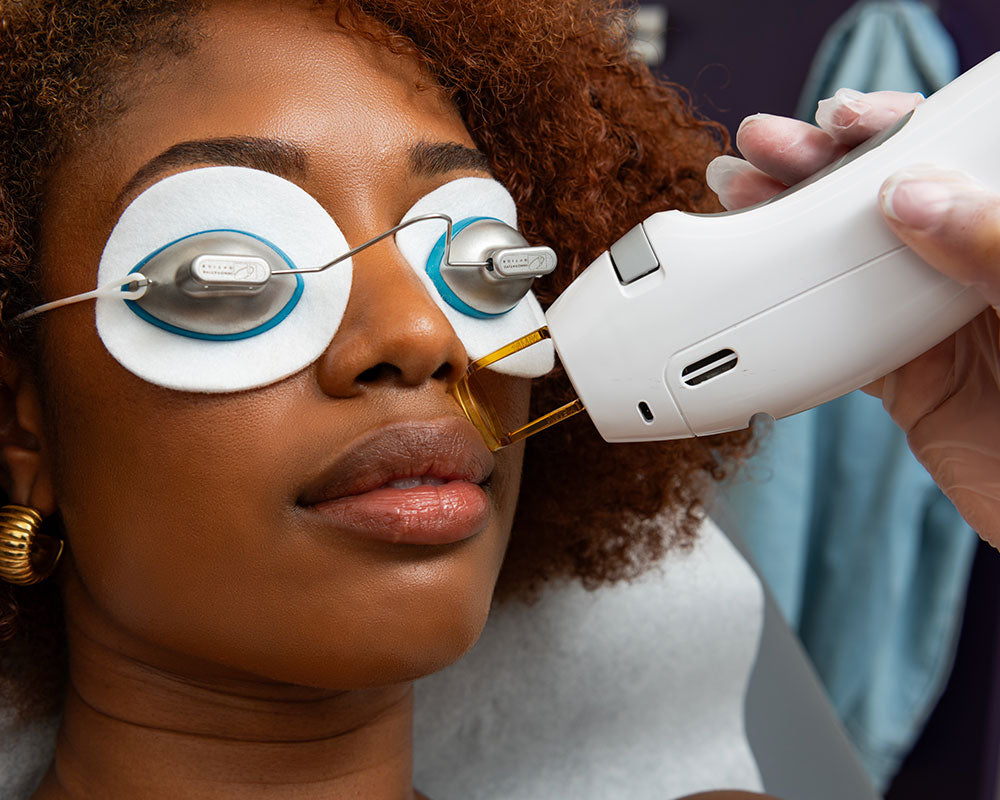
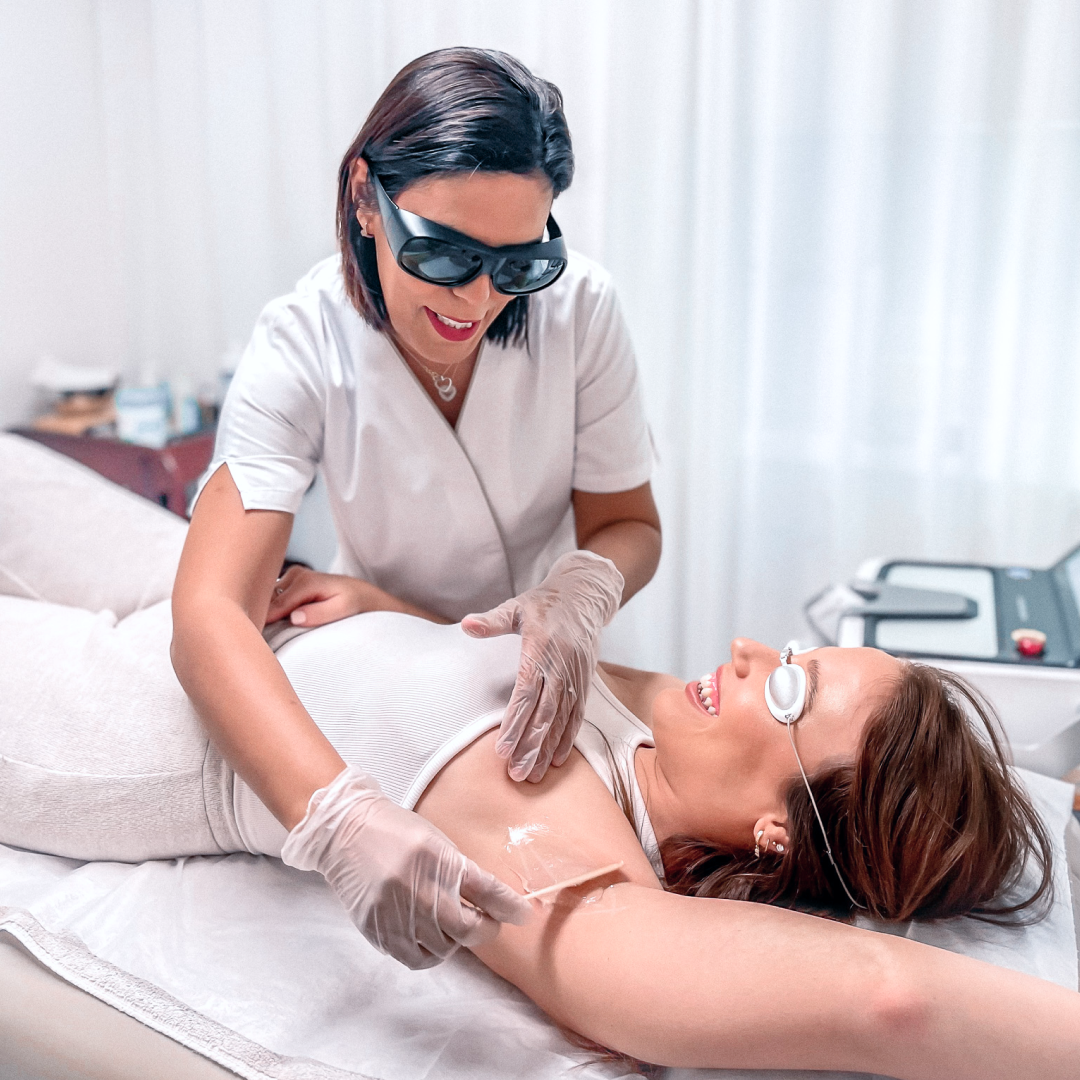
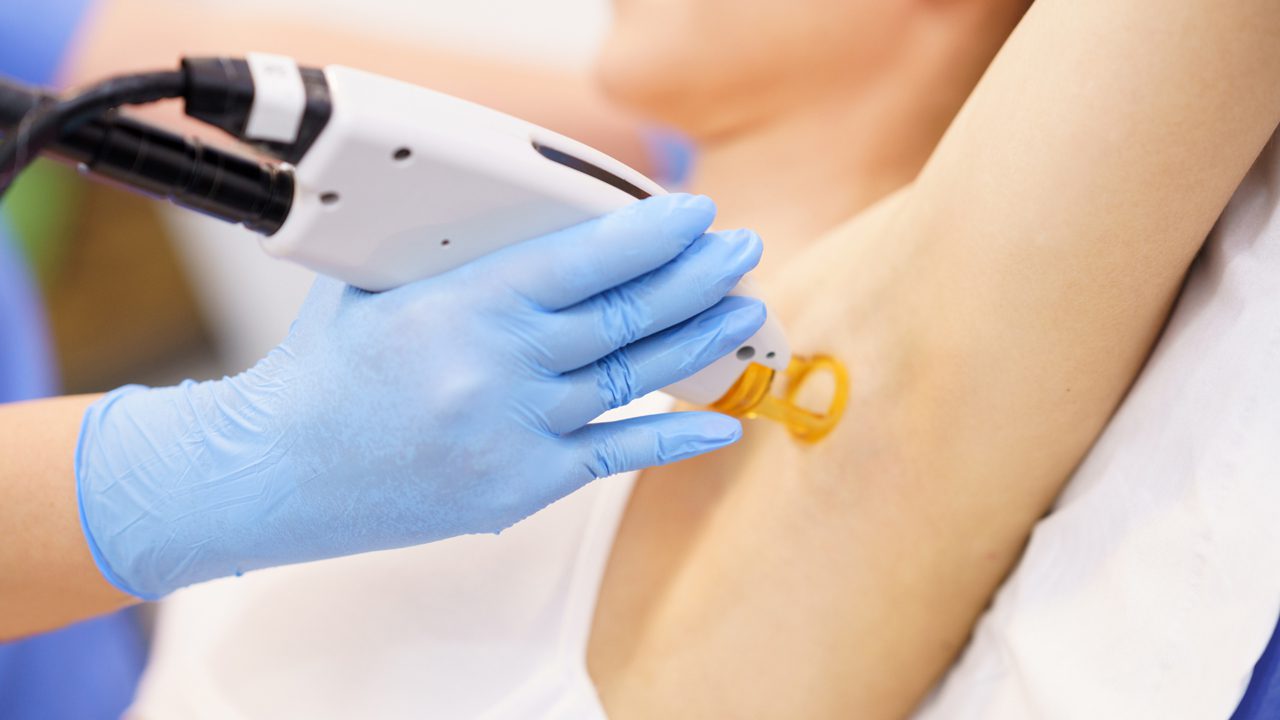
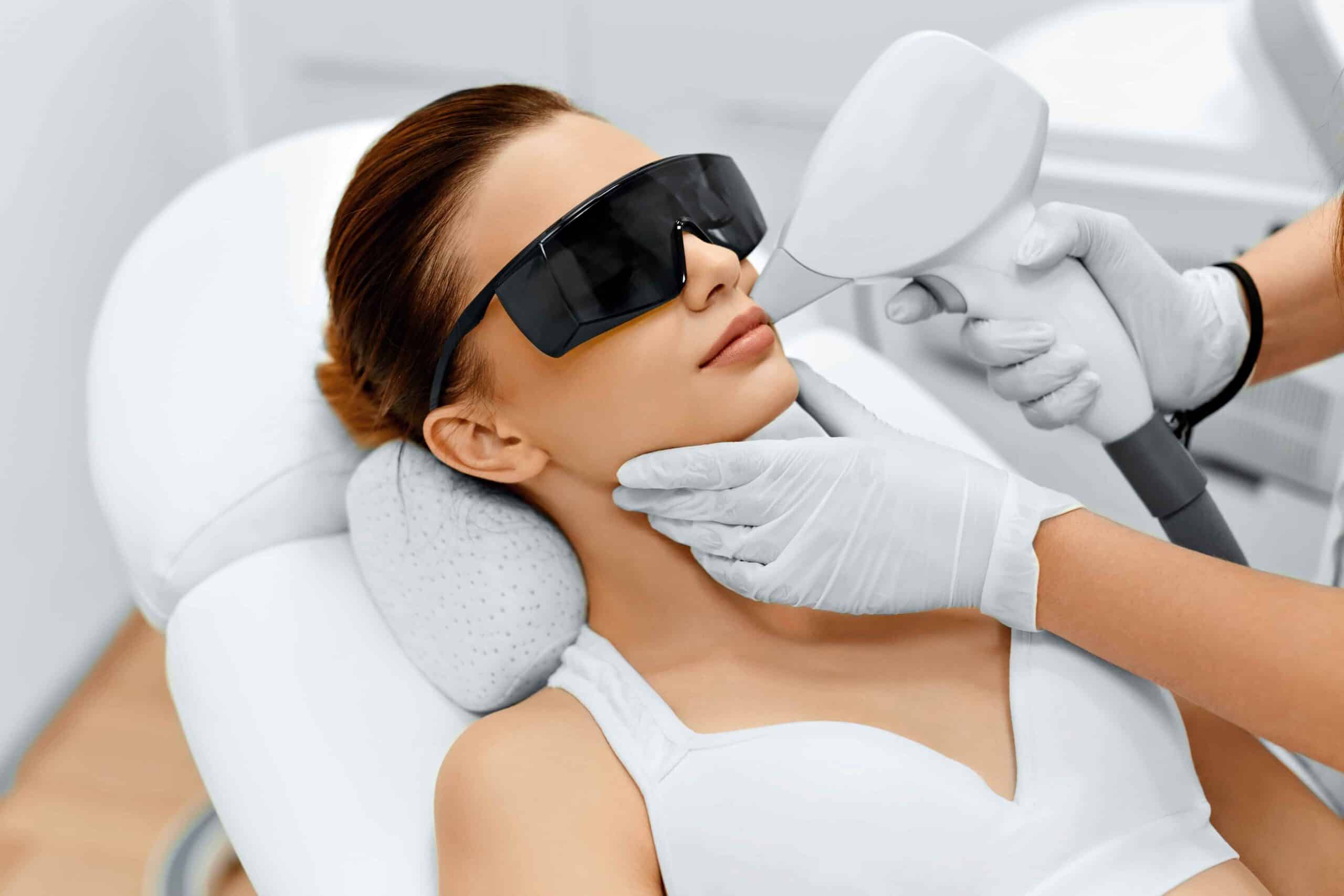
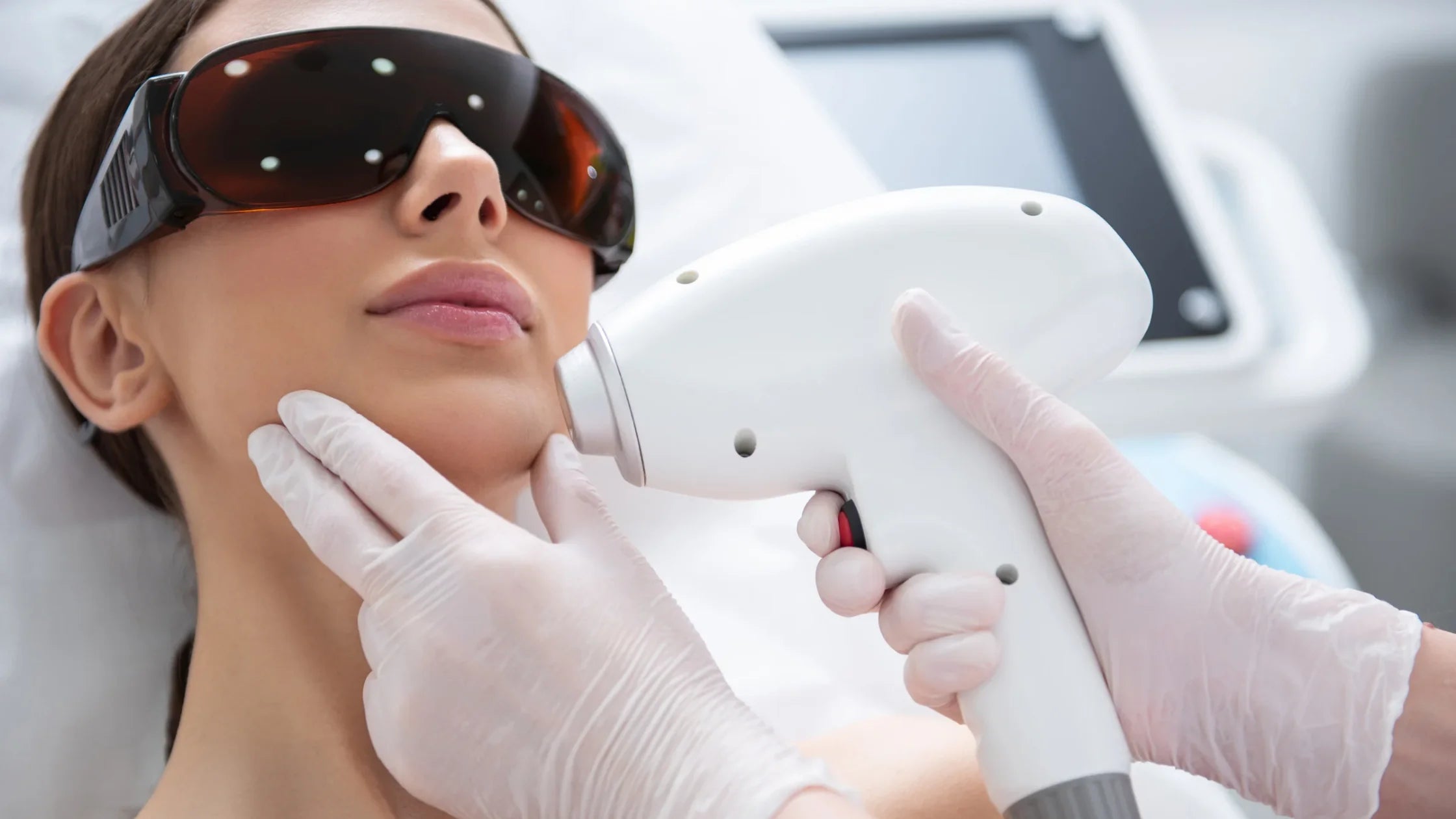

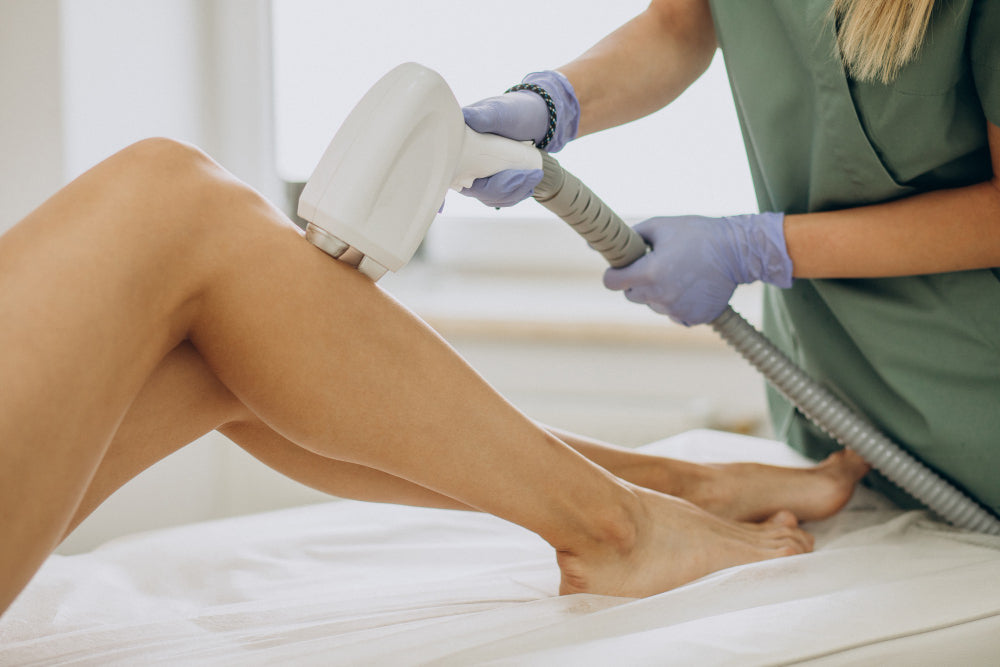

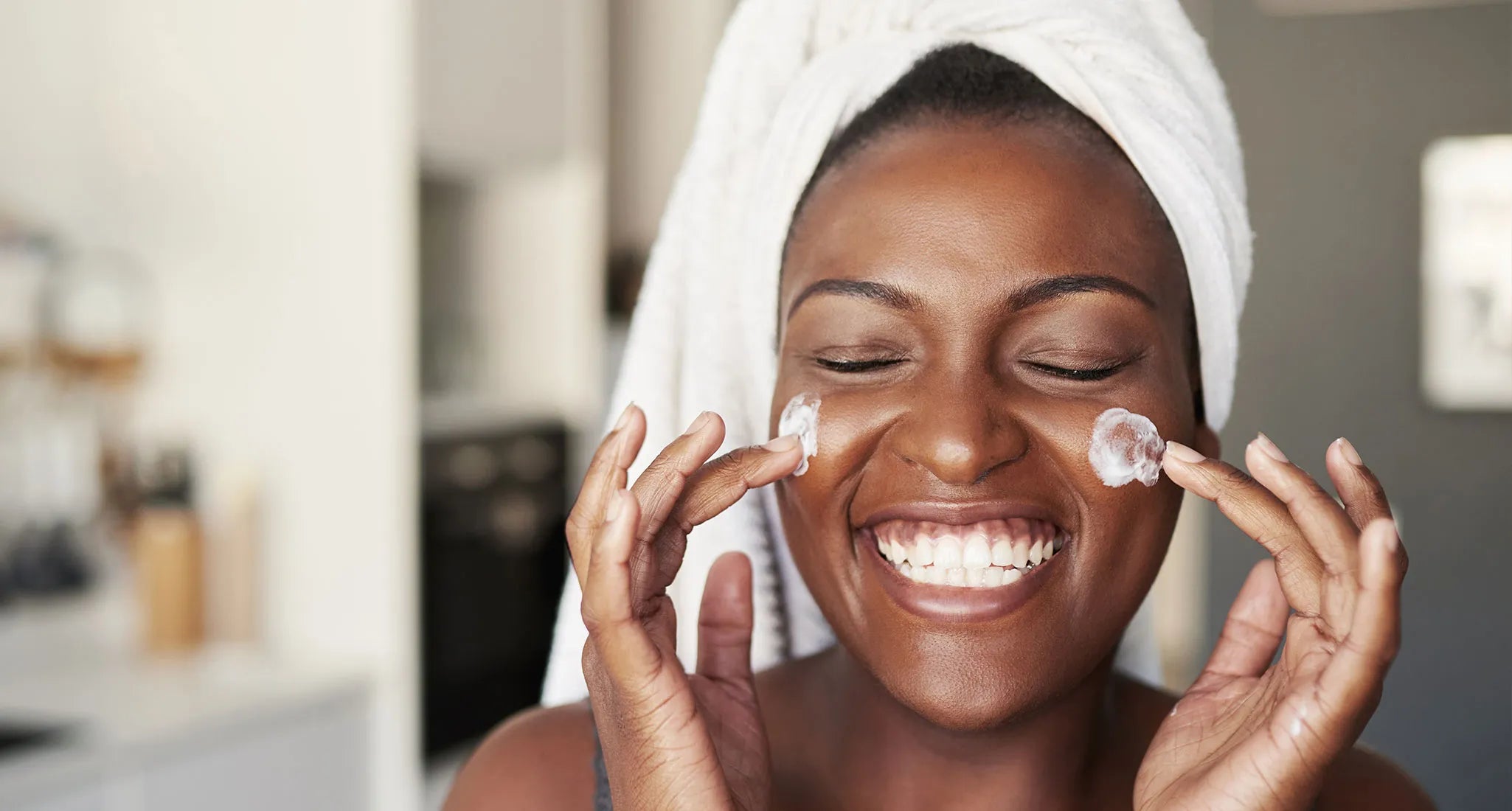
Share: